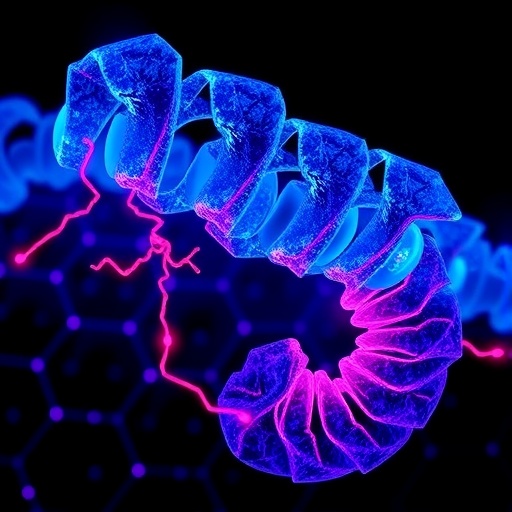In the current issue of Cardiovascular Innovations and Applications volume 4, issue 1, pp. 25-30(6); DOI https:/
A subset of women referred to the cardiac catheterization lab for suspected myocardial infarction (MI) thought to be due to a culprit artery are found to have no obstructive coronary artery disease (CAD) by angiography. The mechanism by which these women have myocardial injury varies and is not usually clear by history and angiography alone. Additional imaging, including modalities such as cardiac magnetic resonance imaging (cMRI), intravascular imaging, and computed tomography may be helpful to clarify diagnoses and direct treatment.
Imaging beyond routine angiography in women presenting with suspected MI and nonobstructive CAD on angiography is essential to define the underlying mechanism. Complete cMRI with cine wall motion, late gadolinium enhancement (LGE), and T2-weighted imaging can help distinguish MI from myocarditis and takotsubo cardiomyopathy. Intravascular imaging at the time of coronary angiography can help in identifying plaque burden, plaque disruption, and the presence of thrombus, and in distinguishing spontaneous coronary artery dissection (SCAD) from mild CAD. The ongoing Women’s Heart Attack Research Program (HARP) study may provide further insight into the use of optical coherence tomography (OCT) and cMRI in women with suspected MI with nonobstructive coronary arteries (MINOCA).
###
CVIA is available on the IngentaConnect platform and at Cardiovascular Innovations and Applications. Submissions may be made using ScholarOne Manuscripts. There are no author submission or article processing fees. CVIA is indexed in the EMBASE, ESCI, OCLC, Primo Central (Ex Libris), Sherpa Romeo, NISC (National Information Services Corporation), DOAJ and Index Copernicus Databases. Follow CVIA on Twitter @CVIA_Journal; or Facebook.
Media Contact
Morgan Lyons
[email protected]
http://dx.




